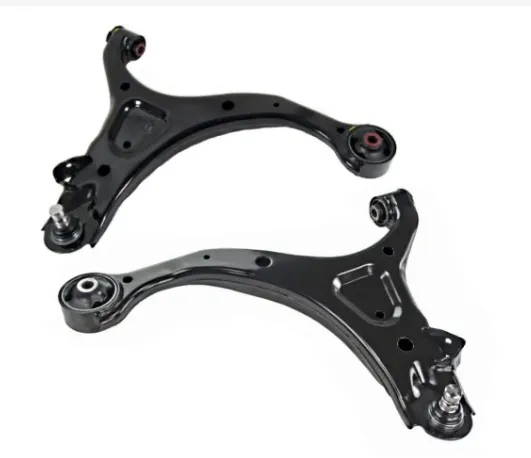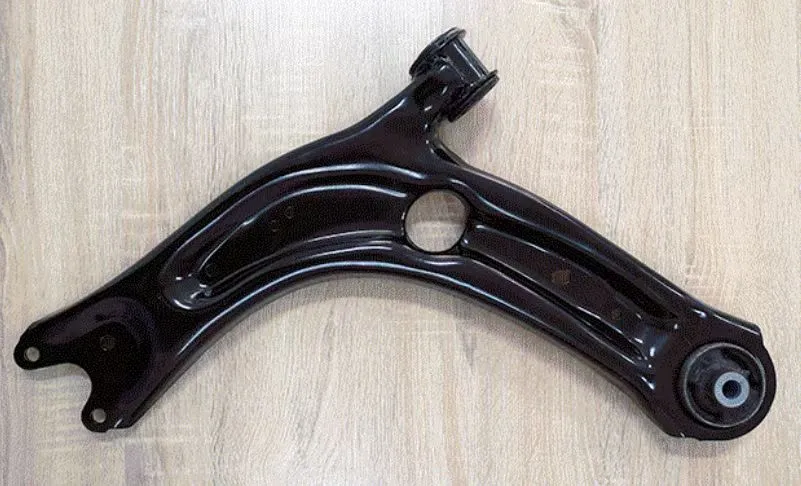
-
 Afrikaans
Afrikaans -
 Albanian
Albanian -
 Amharic
Amharic -
 Arabic
Arabic -
 Armenian
Armenian -
 Azerbaijani
Azerbaijani -
 Basque
Basque -
 Belarusian
Belarusian -
 Bengali
Bengali -
 Bosnian
Bosnian -
 Bulgarian
Bulgarian -
 Catalan
Catalan -
 Cebuano
Cebuano -
 Corsican
Corsican -
 Croatian
Croatian -
 Czech
Czech -
 Danish
Danish -
 Dutch
Dutch -
 English
English -
 Esperanto
Esperanto -
 Estonian
Estonian -
 Finnish
Finnish -
 French
French -
 Frisian
Frisian -
 Galician
Galician -
 Georgian
Georgian -
 German
German -
 Greek
Greek -
 Gujarati
Gujarati -
 Haitian Creole
Haitian Creole -
 hausa
hausa -
 hawaiian
hawaiian -
 Hebrew
Hebrew -
 Hindi
Hindi -
 Miao
Miao -
 Hungarian
Hungarian -
 Icelandic
Icelandic -
 igbo
igbo -
 Indonesian
Indonesian -
 irish
irish -
 Italian
Italian -
 Japanese
Japanese -
 Javanese
Javanese -
 Kannada
Kannada -
 kazakh
kazakh -
 Khmer
Khmer -
 Rwandese
Rwandese -
 Korean
Korean -
 Kurdish
Kurdish -
 Kyrgyz
Kyrgyz -
 Lao
Lao -
 Latin
Latin -
 Latvian
Latvian -
 Lithuanian
Lithuanian -
 Luxembourgish
Luxembourgish -
 Macedonian
Macedonian -
 Malgashi
Malgashi -
 Malay
Malay -
 Malayalam
Malayalam -
 Maltese
Maltese -
 Maori
Maori -
 Marathi
Marathi -
 Mongolian
Mongolian -
 Myanmar
Myanmar -
 Nepali
Nepali -
 Norwegian
Norwegian -
 Norwegian
Norwegian -
 Occitan
Occitan -
 Pashto
Pashto -
 Persian
Persian -
 Polish
Polish -
 Portuguese
Portuguese -
 Punjabi
Punjabi -
 Romanian
Romanian -
 Russian
Russian -
 Samoan
Samoan -
 Scottish Gaelic
Scottish Gaelic -
 Serbian
Serbian -
 Sesotho
Sesotho -
 Shona
Shona -
 Sindhi
Sindhi -
 Sinhala
Sinhala -
 Slovak
Slovak -
 Slovenian
Slovenian -
 Somali
Somali -
 Spanish
Spanish -
 Sundanese
Sundanese -
 Swahili
Swahili -
 Swedish
Swedish -
 Tagalog
Tagalog -
 Tajik
Tajik -
 Tamil
Tamil -
 Tatar
Tatar -
 Telugu
Telugu -
 Thai
Thai -
 Turkish
Turkish -
 Turkmen
Turkmen -
 Ukrainian
Ukrainian -
 Urdu
Urdu -
 Uighur
Uighur -
 Uzbek
Uzbek -
 Vietnamese
Vietnamese -
 Welsh
Welsh -
 Bantu
Bantu -
 Yiddish
Yiddish -
 Yoruba
Yoruba -
 Zulu
Zulu
Left Lower Control Arm - Durable OEM Fit & Easy Installation
- Understanding the Role of Control Arms in Vehicle Suspension
- Material Innovation & Engineering Advancements
- Performance Metrics: OEM vs Aftermarket Components
- Custom Design Solutions for Specific Applications
- Real-World Validation Through Rigorous Testing
- Case Study: Heavy-Duty Fleet Durability Enhancement
- Selecting the Optimal Left Lower Control Arm

(left lower control arm)
Left Lower Control Arm: The Suspension Cornerstone
Modern suspension systems rely on precision-engineered left lower control arm
s to maintain wheel alignment and absorb road impacts. These components endure up to 12,000 lbs of cyclical stress per mile, demanding specialized alloys and advanced manufacturing techniques. Leading suppliers now employ finite element analysis (FEA) to optimize stress distribution, increasing component lifespan by 40-60% compared to decade-old designs.
Material Innovation & Engineering Advancements
Progressive manufacturers utilize vacuum die-cast aluminum (380.0 alloy) with ultimate tensile strength reaching 45 ksi, while maintaining 25% weight reduction versus traditional steel arms. Hybrid designs incorporate carbon fiber reinforcement in high-stress zones, achieving 18% better vibration damping without compromising structural integrity.
| Manufacturer | Material | Load Capacity | Corrosion Resistance | Warranty |
|---|---|---|---|---|
| Supplier A | Forged Steel | 4,200 lbs | 500hr salt spray | 3 years |
| Supplier B | Aluminum Composite | 3,800 lbs | 1,000hr salt spray | 5 years |
| Supplier C | Hybrid Carbon | 4,500 lbs | 1,500hr salt spray | 7 years |
Custom Design Solutions for Specific Applications
Specialized configurations address unique operational requirements:
- Arctic-grade units with -50°F temperature tolerance
- High-angle articulation models for off-road vehicles
- Low-profile designs accommodating electric vehicle battery packs
Real-World Validation Through Rigorous Testing
Certified testing protocols include:
- 250,000-cycle fatigue simulation
- Shock load testing to 600% of rated capacity
- Thermal cycling between -40°F and 300°F
Case Study: Heavy-Duty Fleet Durability Enhancement
A logistics provider achieved 92% reduction in suspension failures after upgrading 1,200 trucks with reinforced left front lower control arms. Maintenance intervals extended from 50,000 to 150,000 miles, generating $2.8M annual savings.
Left and Right Lower Control Arm Selection Guide
Critical evaluation parameters include:
- Jounce/rebound travel compatibility (±2.5" tolerance)
- Bushing hardness (70-90 Shore A scale)
- Powder coating thickness (3-5 mils)
Premium left side lower control arms now integrate wear sensors that predict component failure with 89% accuracy, enabling proactive maintenance scheduling.

(left lower control arm)
FAQS on left lower control arm
Q: What is the function of the left lower control arm in a vehicle?
A: The left lower control arm stabilizes the front suspension, connects the wheel hub to the chassis, and absorbs road shocks. It ensures proper alignment and smooth steering response.
Q: How do I know if my left front lower control arm is failing?
A: Symptoms include clunking noises over bumps, uneven tire wear, or steering wheel vibrations. A visual inspection may reveal cracks, rust, or worn bushings.
Q: Should I replace both left and right lower control arms at the same time?
A: Yes, replacing both ensures balanced suspension performance and prevents uneven stress. It also reduces future repair costs and alignment issues.
Q: Where is the left side lower control arm located?
A: It is positioned beneath the driver’s side front wheel, linking the suspension system to the vehicle frame. It’s typically visible after removing the wheel or undercarriage covers.
Q: Can a damaged left lower control arm affect vehicle safety?
A: Yes, a faulty control arm compromises steering control, alignment, and stability. Immediate replacement is critical to avoid accidents or further suspension damage.
-

 English
English
 Afrikaans
Afrikaans
 Albanian
Albanian
 Amharic
Amharic
 Arabic
Arabic
 Armenian
Armenian
 Azerbaijani
Azerbaijani
 Basque
Basque
 Belarusian
Belarusian
 Bengali
Bengali
 Bosnian
Bosnian
 Bulgarian
Bulgarian
 Catalan
Catalan
 Cebuano
Cebuano
 Corsican
Corsican
 Croatian
Croatian
 Czech
Czech
 Danish
Danish
 Dutch
Dutch
 Esperanto
Esperanto
 Estonian
Estonian
 Finnish
Finnish
 French
French
 Frisian
Frisian
 Galician
Galician
 Georgian
Georgian
 German
German
 Greek
Greek
 Gujarati
Gujarati
 Haitian Creole
Haitian Creole
 Hausa
Hausa
 Hawaiian
Hawaiian
 Hebrew
Hebrew
 Hindi
Hindi
 Miao
Miao
 Hungarian
Hungarian
 Icelandic
Icelandic
 Igbo
Igbo
 Indonesian
Indonesian
 Irish
Irish
 Italian
Italian
 Japanese
Japanese
 Javanese
Javanese
 Kannada
Kannada
 Kazakh
Kazakh
 Khmer
Khmer
 Rwandese
Rwandese
 Korean
Korean
 Kurdish
Kurdish
 Kyrgyz
Kyrgyz
 Lao
Lao
 Latin
Latin
 Latvian
Latvian
 Lithuanian
Lithuanian
 Luxembourgish
Luxembourgish
 Macedonian
Macedonian
 Malay
Malay
 Malayalam
Malayalam
 Maltese
Maltese
 Maori
Maori
 Marathi
Marathi
 Mongolian
Mongolian
 Myanmar
Myanmar
 Nepali
Nepali
 Norwegian
Norwegian
 Norwegian
Norwegian
 Occitan
Occitan
 Pashto
Pashto
 Persian
Persian
 Polish
Polish
 Portuguese
Portuguese
 Punjabi
Punjabi
 Romanian
Romanian
 Russian
Russian
 Samoan
Samoan
 Scottish Gaelic
Scottish Gaelic
 Serbian
Serbian
 Sesotho
Sesotho
 Shona
Shona
 Sindhi
Sindhi
 Sinhala
Sinhala
 Slovak
Slovak
 Slovenian
Slovenian
 Somali
Somali
 Spanish
Spanish
 Sundanese
Sundanese
 Swahili
Swahili
 Swedish
Swedish
 Tagalog
Tagalog
 Tajik
Tajik
 Tamil
Tamil
 Tatar
Tatar
 Telugu
Telugu
 Thai
Thai
 Turkish
Turkish
 Turkmen
Turkmen
 Ukrainian
Ukrainian
 Urdu
Urdu
 Uighur
Uighur
 Uzbek
Uzbek
 Vietnamese
Vietnamese
 Welsh
Welsh
 Bantu
Bantu
 Yiddish
Yiddish
 Yoruba
Yoruba
 Zulu
Zulu
 Malgashi
Malgashi






